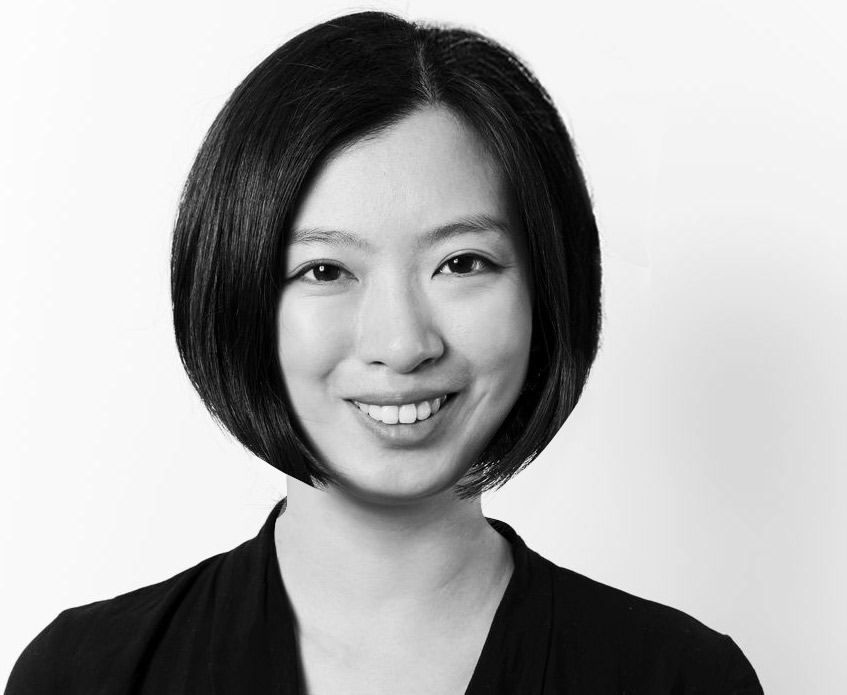Design in 2022 – what will product design look like?

by IBRAHIM
Design in 2022 – what will product design look like?

As part of our series of design in 2022, Weiwei He, China director at Tangerine, offers her take on what might happen in product design over the next year.
What do you think 2022 will hold for product design?
Product design has changed radically during my career and the 30+ years since Tangerine was founded. Over the course of the pandemic, we’ve seen an acceleration in the blurring of the lines between online and offline experiences, product and service, and retailers and manufacturers; the tangible morphing with the intangible seamlessly.
Previously the mobility sector was all about the ‘smart car’ becoming an extension of your ‘smart phone’. Now the prevailing theme is ‘Mobility as a Service’ (MaaS), with vehicles being smart entities themselves – a third place that sits between your home and work that supports your lifestyle. Mobility today is about designing flexible and adaptable spaces that connect to supporting services that interact with you and the vehicle, such as shopping delivered directly into your EV car boot while you’re off elsewhere.
As the distinction between product and service disappears along with the environmental sensibility to ‘own less things’, we’re seeing a rise in subscription and sharing models. This gives rise to shared-ownership rental services and community-based solutions, such as charging your EV car from a neighbour’s charge point for a small fee. EV provider NIO allows customer to swap out their EV car battery for a more powerful one when taking a long-distance trip.
Companies traditionally known as OEMs (original equipment manufacturers) or popular brands are getting smarter about using customer data to create more holistic services. Chinese white goods manufacturer Haier is selling washing machines and fridges marketed as “clothes managers” and “cooking assistants”. These products make automated adjustments based on user behaviour, learning about your food and clothing to give insightful recommendations, and extending service options to include refill deliveries and other bookable services to expand the breadth of customer experience. These changes are moving Haier’s business away from selling products as single category purchase to become a brand providing Product as a Service (PaaS), extending their relevance to everyday life.
Rather than considering product as a single click and go device or distinguishing between physical product and digital product, in 2022 companies need to create unified brand experiences that support our lives.
What is your favourite example of product design from 2021 and why?
The Oura ring caught my eye this year. Our creative director Dan Flashman pitched up to the Tangerine studio one day wearing one. What appeals to me is the beautiful simplicity of the ring’s design as an understated piece of jewellery, while internally it cleverly packs in all sorts of useful smart tracking features.
The trend in wearables design has been to move towards being discrete, passive and less intrusive in appearance, while providing richer data that’s communicated back to you when you want insights via an associated app. Its understatedly unique.
What do you think 2022 holds for product design? Let us know in the comments below…
Recommended Posts

NB invites local designers centre stage for Vineyard Theatre rebrand
February 24, 2023

“AI revolution” will change way design studios look within three years
February 24, 2023

Rbl rebrands ZSL with ecosystem-inspired identity
February 23, 2023

